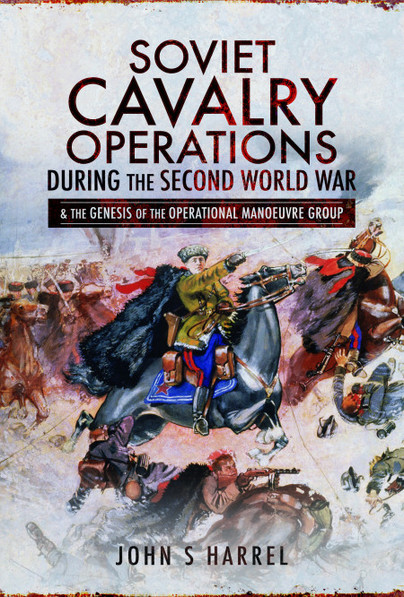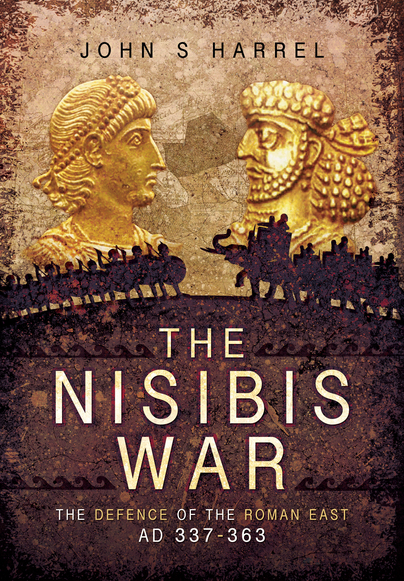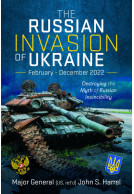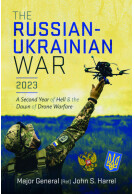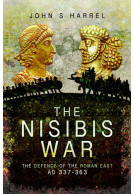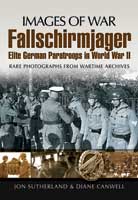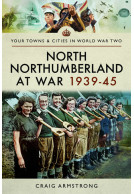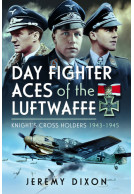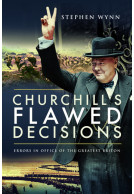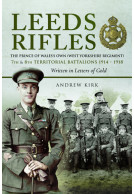Soviet Cavalry Operations During the Second World War (Hardback)
and the Genesis of the Operational Manoeuvre Group
Imprint: Pen & Sword Military
Pages: 336
Illustrations: 50
ISBN: 9781526743022
Published: 9th September 2019
(click here for international delivery rates)
Need a currency converter? Check XE.com for live rates
| Other formats available - Buy the Hardback and get the eBook for free! | Price |
|---|---|
| Soviet Cavalry Operations During… ePub (46.0 MB) Add to Basket | £6.99 |
While the development of tanks had largely led to the replacement of cavalry in most armies by 1939, the Soviets retained a strong mounted arm. In the terrain and conditions of the Eastern Front they were able to play an important role denied them elsewhere. John Harrel shows how the Soviets developed a doctrine of deep penetration, using cavalry formations to strike into the Axis rear, disrupting logistics and lines of communication, encircling and isolating units. Interestingly he shows that this doctrine did not stem from the native cavalry tradition of the steppe but from the example of the American Civil War. The American approach was copied by the Russians in WWI and the Russian Civil War, refined by the Soviets in the early stages of World War Two and perfected during the last two years of the war. The Soviet experience demonstrated that deep operations (cavalry raids) against enemy rear echelons set the conditions for victory. Although the last horse-mounted units disappeared in the 1950s, their influence led directly to the formation of the Operational Manoeuvre Groups that, ironically, faced US forces in the Cold War.
"...a reasonable overview of the Soviet Cavalry Forces and their main operations during WWII."
The Journal of Slavic Military Studies
The OMG doctrine was so successful it became a fundamental cornerstone of Soviet post-war (Warsaw Pack) military philosophy. This book will appeal to a variety of interested parties from Eastern Front historians, cavalry buffs and it should especially be of interest to strategic planners. It is well written, and a massive amount of research has gone into writing it. One of my interests is the Eastern Front history and I found it wonderfully interesting and well worth the time spent reading it.
Military Archive Research, Dr Stuart C Blank
One hundred and nineteen years of submarine activity and development is covered to perfection in Michael Green's brilliant history of the USA's underwater exploits.
Books Monthly
One of the neglected areas of WWII history is the use of horses and mules, the main attention being focused on all the new weapons that appeared in huge numbers and revolutionized warfare. The Red Army and the Wehrmacht both made extensive use of the horse to draw artillery and supply wagons across the vast expanses of the Soviet Union. The Red Army made great use of cavalry which played a major role in eventual victory – Very Highly Recommended.
Firetrench
Read the full review here
John Harrel has done a commendable job in putting together a readable synthesis of many of these operations, showing both the reasons for their successes and failures.
WWII and other Book Reviews
Read the full review here
Featured 'ON THE BOOK SHELF' by Neil Smith
Wargames Illustrated, August 2019
The author has delivered an in depth study of Soviet cavalry operations and it is well supported by photographs and sketch maps. It personalises the cavalry operations by focusing on the unit leaders where appropriate and adding depth to what might otherwise be a chronological list of combat actions. A theme of the book is the close connection between the tactics used by CSA raiders such as Stuart and Forest in the American Civil War the principles of which were emulated by their Soviet counterparts in WWII. Certainly the opportunities for such actions, principally deep penetration raids by an army on the defensive were equally appropriate in both wars and where the terrain was helpful. This is a fine book that opens up minds to the usefulness of horse cavalry in a time when it was thought (in the West) to have been ended by mechanised cavalry.
Michael McCarthy
Michael McCarthy. Battlefield Guide
About John S Harrel
John S Harrels military career spanned forty years. He enlisted as an officer cadet in the US Marine Corps in 1971. Upon graduating from California State University Northridge he was commissioned as a second lieutenant in the USMC. In 1980, he transferred into the California Army National Guard (a component of the US Army) as a captain, ultimately rising to the rank of Major General and retiring as Commanding General of the California Army National Guard. He is also a lawyer and retired as California Deputy Attorney General after 28 years of service.
The Nisibis War The Defence of the Roman East AD 337-363 (Hardback)
The war of 337-363 (which the author dubs the Nisibis War), was an exception to the traditional Roman reliance on a strategic offensive to bring about a decisive battle. Instead, the Emperor Constantius II adopted a defensive strategy and conducted a mobile defence based upon small frontier (limitanei) forces defending fortified cities, supported by limited counteroffensives by the Field Army of the East. These methods successfully checked Persian assaults for 24 years. However, when Julian became emperor his access to greater resources tempted him to abandon mobile defence in favour of a major…
By John S HarrelClick here to buy both titles for £50.00







